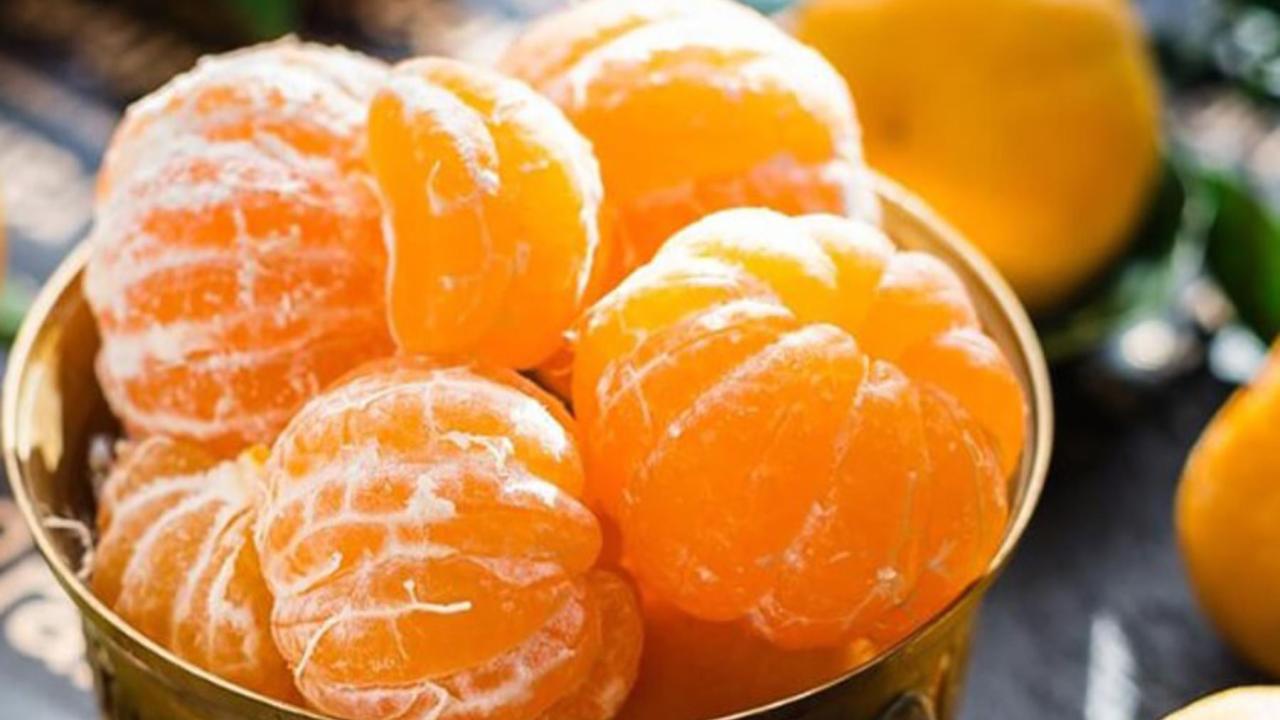
Peruvian producers will be able to send these products to a potential market with nearly 100 million consumers.
The Peruvian Government, through the Ministry of Agrarian Development and Irrigation, reported that as a result of a technical meeting between phytosanitary authorities of Peru and Vietnam, phytosanitary protocols were established for the export of fresh mandarin to this important Asian market.
"It is important that Senasa, as a strategic arm of Midagri, continues to manage access to new markets, to increase commercial opportunities for Peruvian producers and continue growing in agricultural exports," said the head of Midagri.
During this meeting, the technical delegation from Senasa also presented the progress made in the efforts to obtain access to blueberries in this country, which is currently in the pest risk analysis stage.
For its part, the Vietnamese delegation stated that after having closed the requirements for mandarin, it will continue with blueberries, "this process will be faster" they said.
The Peruvian delegation included the Director of Plant Health at Senasa, Orlando Dolores, and the Peruvian Ambassador to Vietnam, Patricia Ráez.
PHYTOSANITARY PROTOCOLS
Based on the established agreements, the Vietnamese phytosanitary authority will publish the agreed requirements in its official journal and Senasa will communicate the list of production sites and packing plants that will be able to start exporting mandarin oranges to this Asian country.
During the 2023 campaign, Peruvian citrus fruits entered more than 40 countries, with the United States being the main market, representing 41% of the total exported. The citrus with the highest demand was the mandarin, with more than 190 thousand MT of exported volume, with the United States as its main market.










